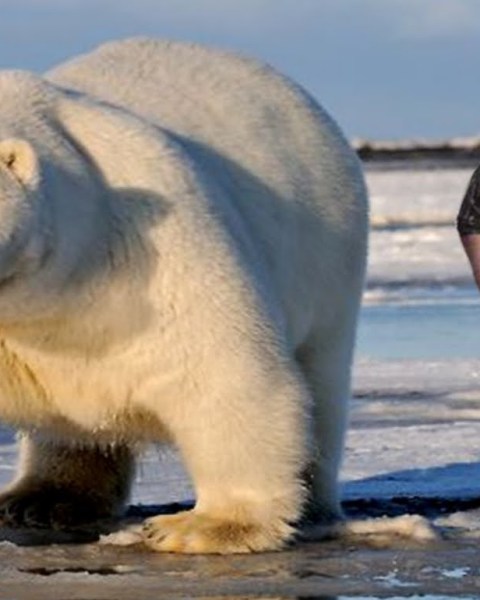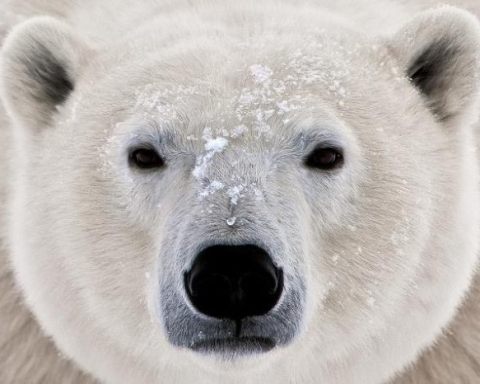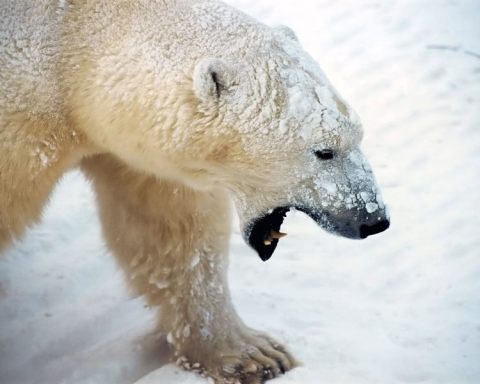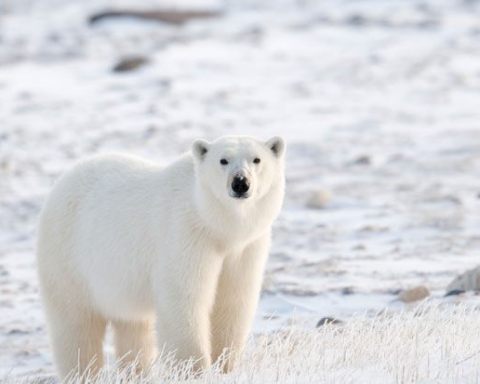We know that kids love to know about polar bears. They want to read polar bear books, watch animated movies in which
MorePolar bear (Ursus mritimus) is a threatened species and in the next few decades it is likely to be enlisted on the
MoreThe polar bear’s official status is Vulnerable as listed by the International Union for the Conservation of Nature. Some of the population
MorePolar bears are one of the few wild animals that do not breed well in captivity in comparison to its natural habitat.
MorePolar bears are one of the few Arctic animals that rely on sea ice for their prey. As the Arctic sea ice
MoreNo wonder polar bears appear white for the most part of the year.–except for warmer months when the polar bear’s coat shows
MorePolar bears are likely to go extinct before the end of the 21st century. This is what biologists and the International Union
MorePolar bears and penguins live on the opposite poles but under similar environmental conditions. It explains a lot about the evolutionary developments
MorePolar bear weight varies with the season because of the availability of food sources. The adult males are generally heavier than adult
MoreWhile polar bear (Ursus maritimus) is a land-based marine mammal the walrus (Odobenus rosmarus) is a flippered aquatic mammal. The walrus is
More






